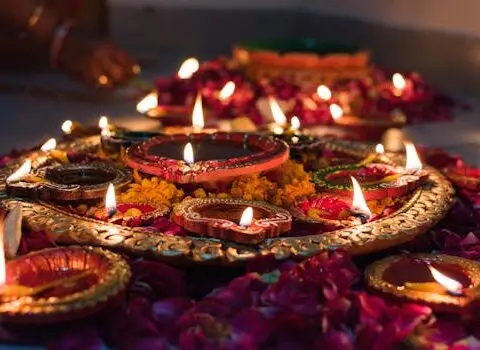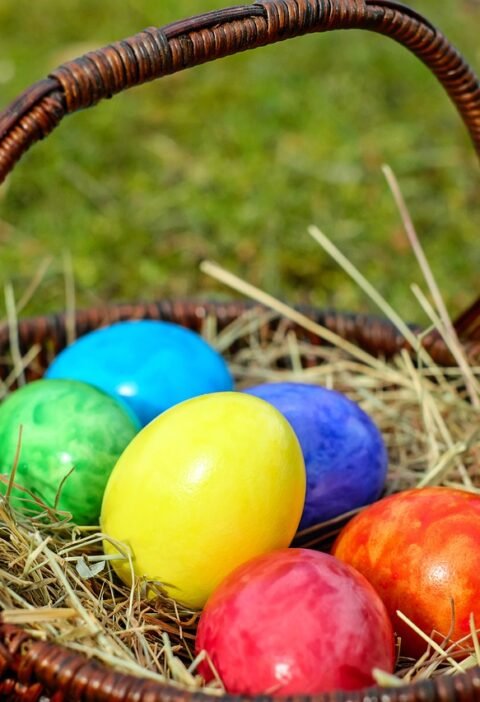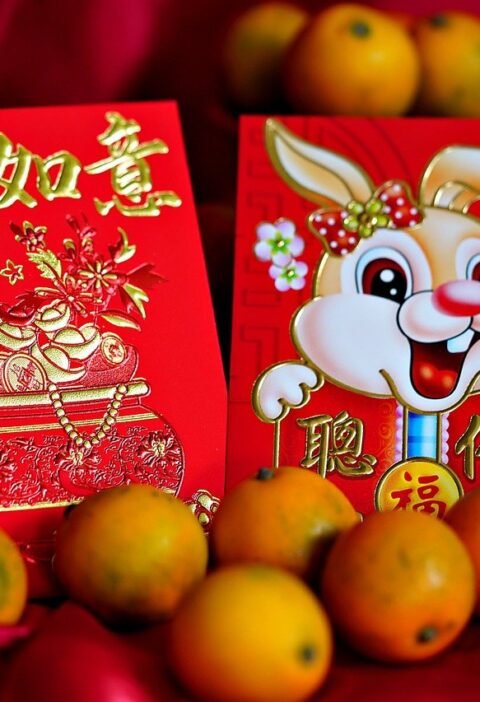In December, Christmas in most countries in the world, except those with a Muslim majority and where Christmas celebrations may even be prohibited (Somalia, North Korea, etc.). We also celebrate Hanukkah , especially in Israel. In Africa and the United States, we honor African heritage by celebrating Kwanzaac . In several European countries, Saint Nicholas is celebrated. On December 31, New Year's Eve marks the transition to the new year but it is particularly celebrated in Scotland, under the name of Hogmanay .
Week 1: Christmas around the world
Christmas is celebrated in many countries on December 25 to commemorate the birth of Jesus Christ. Although of Christian origin, this holiday has become a cultural celebration marked by the exchange of gifts, the decoration of trees and festive meals. Traditions vary by region, incorporating unique dishes and customs. Christmas also represents a time of sharing and family gathering.
Christmas offers a rich variety of traditional meals often shared with family. In Europe, there are gluten-free dishes like capon, Biscay-style bacalao , seafood , logs and panettones . In the United States, turkey , grilled vegetables, and desserts like pecan pie are popular. In Australia and South Africa, with Christmas in summer, light meals such as barbecues grilled meat or are often on the menu, followed by pavlova . Tropical fruits are also very present. These dishes reflect cultural diversity.
Week 2: Hanukkah, Jewish Festival of Lights
Hanukkah, or Festival of Lights, is a Jewish celebration that lasts eight days, usually in December. It commemorates the dedication of the Second Temple in Jerusalem and the miracle of the oil which burned for eight days. Festivities include daily lighting of the menorah, prayers, and tasting foods like latkes. It is a time of joy and tradition for Jewish families.
Hanukkah is marked by traditional dishes fried to celebrate the miracle of oil. Sweet latkes and donuts are iconic , and can be made with gluten-free flours like potato starch. Roast chicken or vegetable or potato kugels ( gluten-free gratin) are also very popular. Meals often include fresh salads and light soups, perfect to accompany these richer dishes.
Week 3: Saint Nicholas Day, in Northern Europe
The Feast of Saint Nicholas, celebrated on December 6 in several European countries, honors Saint Nicholas, the patron saint of children. Traditions include handing out gifts and treats to well-behaved children. This holiday is often seen as a precursor to Christmas and is marked by markets, parades and local legends. Children drop off their shoes or socks to receive surprises.
Saint Nicholas Day is marked by treats and festive meals. Children receive tangerines , nuts and artisan chocolates , which are naturally gluten-free. Families enjoy spicy compotes and traditional breads like gingerbread , which can be made with gluten-free flours.
Week 4: Kwanzaa, African-American holiday
Kwanzaa, celebrated from December 26 to January 1, is an African-American holiday honoring African heritage. Created in 1966, it highlights values such as unity, autonomy and creativity. Each day, one of the seven kinara candles is lit, representing one of the principles of Kwanzaa. The festival is marked by cultural exchanges, stories and community meals.
Kwanzaa highlights meals inspired by African and African-American cuisines. Gluten-free options include peanut sauce dishes like mafe , jollof rice , and fried plantains . Vegetables sautéed with African spices, roast chicken or grilled fish are also essential. Simple desserts, like tropical fruits or coconut-based sweets, complement these festive meals.
Week 5: New Year's Eve and Hogmanay (Scotland)
Hogmanay is the Scottish celebration of the New Year, and it is marked by intense festivities from December 31 to January 1. Traditions include “first-footing,” where the first person to enter a house after midnight brings luck and gifts. Fireworks, chants of “Auld Lang Syne” and fiery parades are part of the celebrations. It is a celebration marked by conviviality and hope.
Hogmanay is a lively festival where traditional meals play a central role. Haggis , although containing gluten, can be made with gluten-free alternatives. Baked potatoes , vegetable purees (like neeps and tatties ) and meat stews are at the heart of the meals. The Scots also like smoked fish like salmon, served with fresh salads or grilled vegetables. Desserts, such as cranachan (dessert made with cream and red fruits), can easily be adapted for a gluten-free menu.







